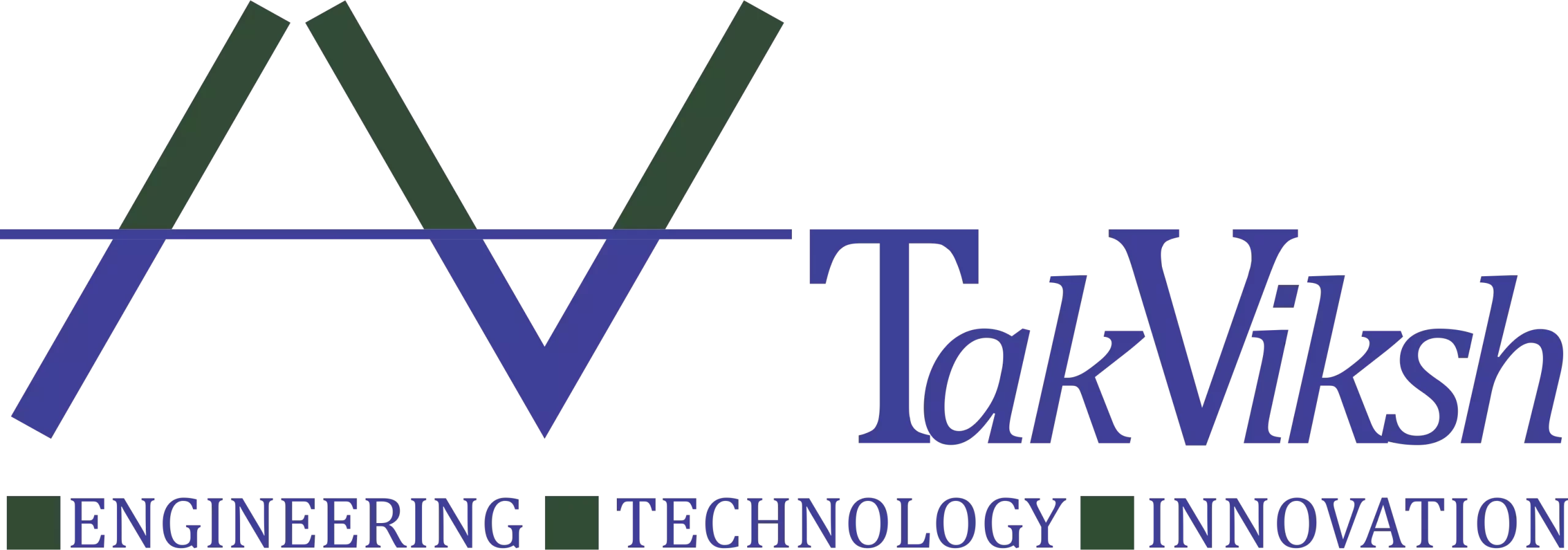A Critical Success Factor in Complex Industrial Projects
In today’s industrial landscape, executing mega-projects like refineries, petrochemical complexes, and oil & gas installations requires high levels of coordination. With multiple contractors, OEMs, and vendors operating simultaneously, interface management has become a non-negotiable discipline for project success.
What is Interface Management in EPC Projects?
Interface management is the structured approach to identifying, defining, planning, and controlling all interconnections between project entities—be it technical, contractual, or organizational. It ensures that every boundary, overlap, or handover is mapped, assigned, and coordinated throughout the project lifecycle.
Types of Interfaces in Industrial Projects
Interface management spans across multiple dimensions:
-
Technical Interfaces: Between process, piping, electrical, instrumentation, HVAC, etc.
-
Physical Interfaces: Equipment tie-ins, battery limits, cable tray connections, utility hookups
-
Contractual Interfaces: Between multiple EPC contractors working on adjoining or shared scopes
-
Organizational Interfaces: Between client, PMC, vendors, and internal project teams
Why Interface Management Is Crucial in Multi-Contractor Setups
Large-scale industrial projects often have:
-
Multiple engineering contractors handling diverse packages
-
Complex tie-ins and dependencies among systems
-
Tight construction windows requiring parallel work streams
Without robust interface management, the project is exposed to:
-
❌ Rework due to conflicting or incomplete design data
-
❌ Scope disputes from unclear demarcation of responsibilities
-
❌ Schedule delays during interdependent handovers
-
❌ Safety incidents from poor communication at work fronts
Interface Management Lifecycle: A Phased Approach
1️⃣ Interface Identification (During FEED & Basic Engineering)
-
Identify all points where systems or disciplines interact
-
Define Battery Limits (B/L) for equipment, piping, and cabling
-
Develop an Interface Register and assign preliminary responsibilities
-
Integrate with Heat & Mass Balance, PFDs, and P&IDs
2️⃣ Interface Definition & Planning (During EPC Tendering)
-
Embed interface responsibilities in the tender scope of work
-
Use 3D models and plot plans to visualize clashes and overlaps
-
Create detailed interface maps with execution timelines
-
Prepare contractual provisions for interface risk-sharing
3️⃣ Interface Control & Coordination (During Execution)
-
Appoint an Interface Manager or Coordinator as a dedicated resource
-
Update and track the interface register digitally
-
Hold regular cross-disciplinary interface meetings
-
Align all technical deliverables, data sheets, and vendor documents
4️⃣ Interface Closure (During Pre-Commissioning & Handover)
-
Use interface checklists and punch lists for validation
-
Ensure loop checks, utility connections, and mechanical completions are clearly tracked
-
Finalize documentation and interface handover protocols
Role of PMC in Interface Management
A capable Project Management Consultancy (PMC) plays a pivotal role by:
-
Driving cross-contractor and cross-discipline collaboration
-
Hosting regular interface workshops and alignment reviews
-
Ensuring consistent document control and version tracking
-
Detecting interface gaps or mismatches before they escalate
By proactively managing interfaces, the PMC helps reduce cost overruns, avoid delays, and uphold safety.
Conclusion
Interface Management isn’t just a project control activity—it’s the glue that holds together the many moving parts of complex industrial projects. From FEED to commissioning, a structured approach to managing interfaces leads to efficient execution, better coordination, and fewer surprises.
Whether you’re managing a refinery turnaround or a greenfield petrochemical project, mastering interface management is essential for smooth, safe, and timely delivery.






Recent Comments